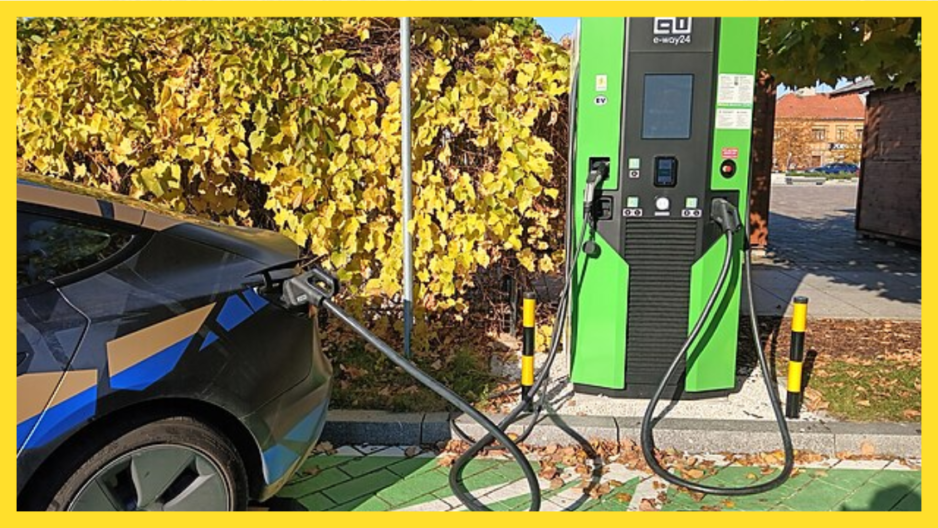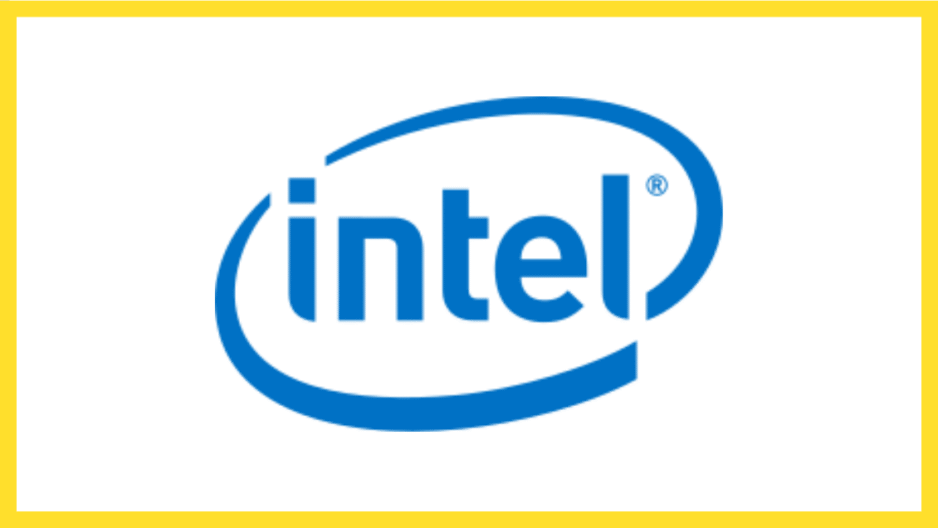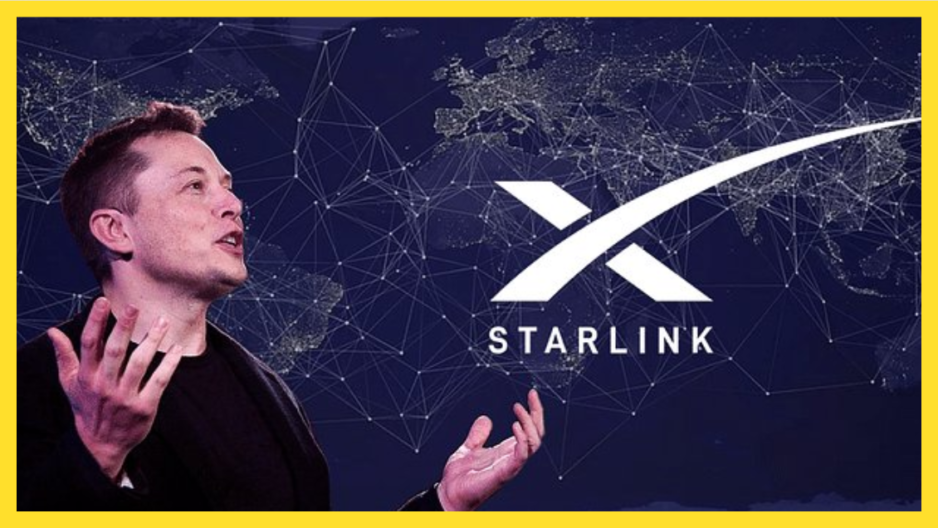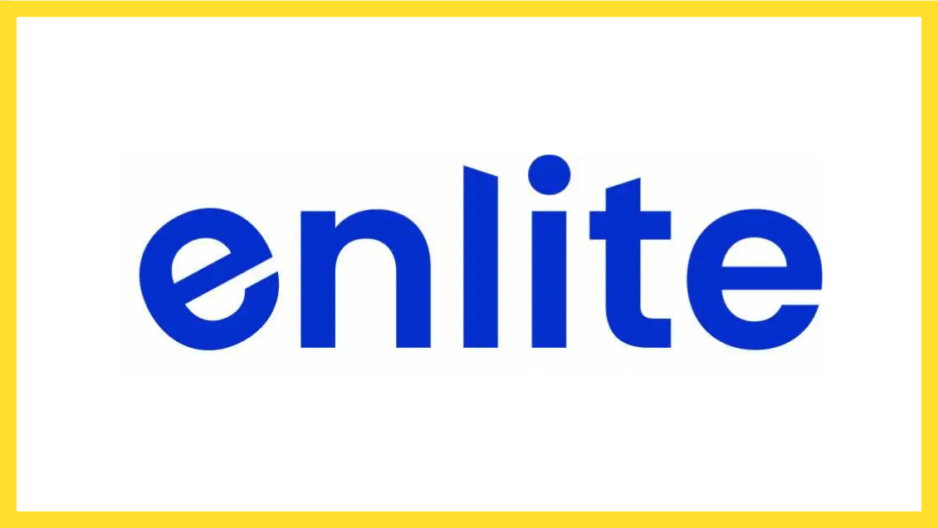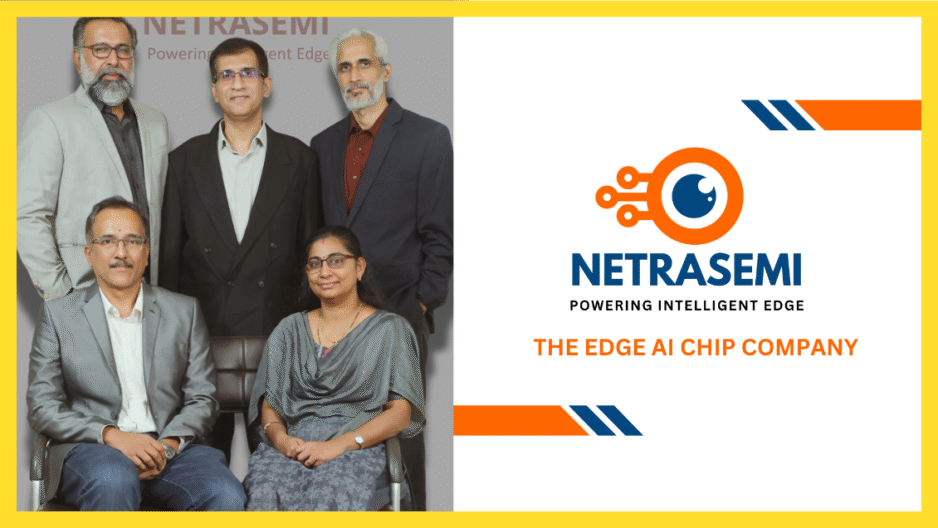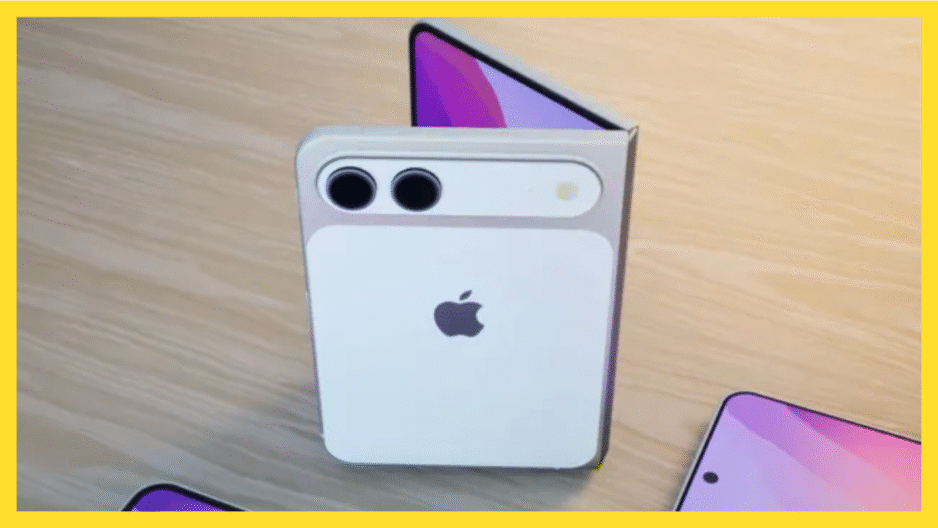Google’s diving into the no-code AI wave with Opal, a new tool that lets anyone build mini web apps just by typing what they want. Now testing in the U.S. via Google Labs, Opal turns your text prompts into working apps and even shows you a visual workflow you can tweak. It’s Google’s answer to tools like Cursor and Canva, aiming to make app-building accessible—even if you don’t code.
Credit: Techcrunch


